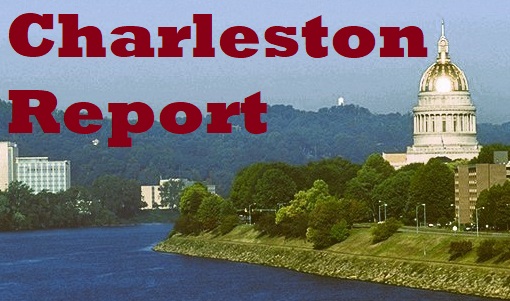August 17th, 2015 by WCBC Radio
U.S. Senators Barbara A. Mikulski and Ben Cardin, together with U.S. Representatives Steny H. Hoyer, Elijah E. Cummings, Chris Van Hollen, C.A. Dutch Ruppersberger, John P. Sarbanes, Donna F. Edwards and John Delaney (all D-Md.) today announced that $2.5 million in federal funding has been awarded to the Washington/Baltimore region together with regional partners to combat heroin and fentanyl drug trafficking through the High Intensity Drug Trafficking Areas (HIDTA) program. The Washington/Baltimore HIDTA will also receive nearly $250,000 to support drug trafficking prosecution of those supplying heroin and fentanyl to Baltimore.
In addition to the Baltimore/Washington HIDTA, regional programs in Appalachia, New England, Philadelphia/Camden, and New York/New Jersey will share in the $2.5 million in federal funding for the Heroin Response Strategy in an unprecedented partnership to address the severe heroin threat facing those communities.
“The crisis of increased heroin use in Maryland and across America is destroying families and ravaging communities. It cuts across class, race and age,” Senator Mikulski said. “I’m fighting to address the heroin problem head on. These funds in the federal checkbook will help us to crack down on dealers while working to break the cycle of addiction for drug users.”
“Every part of Maryland is working to confront the rise in heroin trafficking and opiate-related medical emergencies, and this federal funding can provide critical support in their efforts to stop the suffering that inevitably accompanies the spread of this scourge,” said Senator Cardin. “This funding also will boost the capacity for regional cooperation among law enforcement officials and agencies, a welcome counter-measure to a complex and persistent threat to our communities.”
“Heroin trafficking is hurting Maryland, where we have seen a tragic increase in heroin-related deaths in recent years,” said Congressman Delaney. “A problem this big will require a federal, state and local response and additional federal funds to the Washington/Baltimore region are a step in the right direction. Stopping heroin is about public safety and public health and I applaud additional funding being provided to prosecute traffickers, help those who are addicted and support local law enforcement, first responders and health care providers.”
According to the Maryland Department of Health & Mental Hygiene, in 2014 there were 578 heroin-related deaths in the state, 25 percent higher than previous year and more than double the total in 2010. Only 11 percent of heroin addicts who need treatment receive it according to National Institute of Drug Abuse.
According to the Office of National Drug Control Policy, the Heroin Response Strategy will foster a collaborative network of public health-public safety partnerships to address the heroin/opioid epidemic from multiple perspectives. The Strategy will enhance the efficacy and efficiency of the criminal intelligence process in support of cooperative law enforcement operations. The five HIDTAs will create a 15-state network of experienced, connected law enforcement contacts and leverage these connections and information-gathering capabilities with a strong, complementary, analytical capacity.
The five HIDTAs will select two centrally located Regional Coordinators, one with a public health focus and the other with a public safety focus, who will manage and oversee implementation and operation of the Heroin Response Teams. The Public Health Coordinator will oversee regional reporting of fatal and non-fatal overdose information and issuing of relevant alerts regarding dangerous batches of heroin and other heroin-related threats to health authorities. This will mobilize a rapid public health response to distribute naloxone or expand resources in the affected areas, helping to mitigate the number of overdoses and prevent deaths. The Public Safety Coordinator will oversee execution of public safety goals by ensuring case support is provided where needed and intelligence is being disseminated to relevant law enforcement authorities to enable disruption of the heroin supply.
A heroin and prescription opioid training curriculum will be developed and used to prepare rural and municipal officers and first responders who are inexperienced responding to heroin and prescription opioid-related incidents. To assist communities in coping with this escalating problem, the five HIDTAs will develop Education & Training strategies that will increase awareness of heroin and opiate addiction, create linkages to available prevention and treatment resources in the respective regions, and enable first-responders to know how to report all pertinent lead information developed from seizures and overdose responses.
The Heroin Response Strategy builds upon the successes of the 2014 symposium hosted by the Washington/Baltimore HIDTA. Each year, the five HIDTAs will host two, two-day State of the Region symposia at a jointly nominated HIDTA. These symposia will build additional structure within each respective HIDTA region for the attendees to maintain regular contact and continue their public health-public safety partnerships between symposia. The aim will be to facilitate collaboration between public health and public safety partners within and across jurisdictions, sharing best practices, innovative pilots, and identifying new opportunities to leverage resources.






.jpg)













